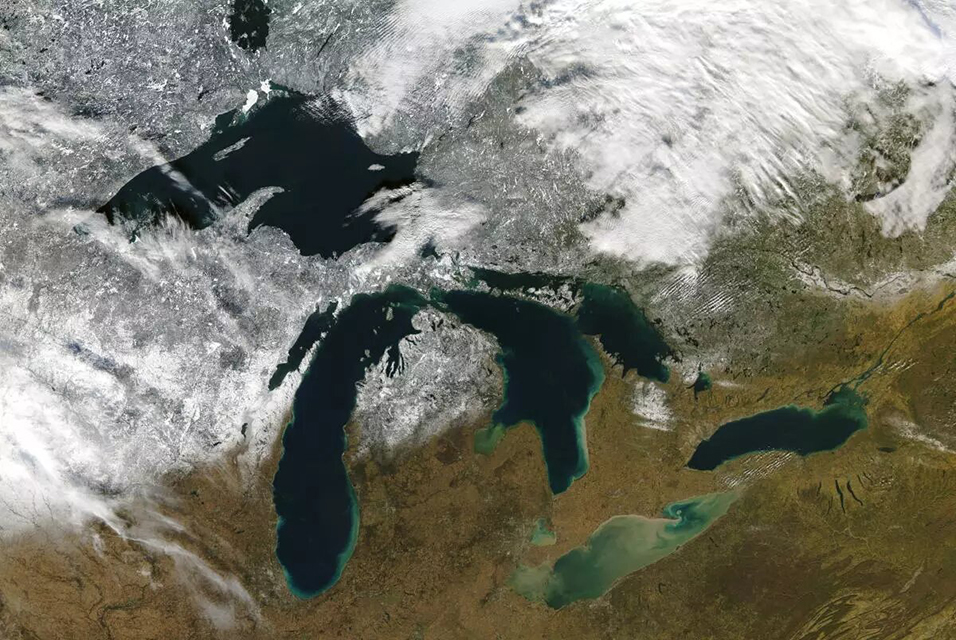BANGOR.- A new large-scale analysis of lake temperatures provides further evidence of some of the seasonal changes caused by climate change.
The research paper in Nature Communications uses lake temperature data, both historical and modeled to look at when typical spring or autumn conditions occur in lakes worldwide, to show exactly how much the seasons have shifted in different regions of the world and estimate how seasons will change in the future.
Since 1980, spring and summer temperatures in Northern Hemisphere lakes have arrived earlier (2.0 and 4.3 days per decade, respectively), while the arrival of autumn has been delayed (1.5 days per decade) and the summer season lengthened (5.6 days per decade). This century, under a high-greenhouse-gas-emission scenario, current spring and summer temperatures will arrive even earlier (3.3 and 8.3 days per decade, respectively), autumn temperatures will arrive later (3.1 days per decade), and the summer season will lengthen further (12.1 days per decade).
While we may all welcome an early spring and a long warm summer, that reaction would be simplistic. The results can have catastrophic effects for the natural world. Within the lakes themselves, aquatic species respond to thermal cues triggered by the lake temperature. In a stable climate, seasonal events such as spawning will occur at the same time and coincide with other events, which might provide a food source for example.
Dr. Iestyn Woolway of
Bangor University's School of Ocean Sciences is a leading authority in this field and his latest paper builds on previous research by developing a new methodology to look at seasonal shifts in lakes worldwide. Similar work exists for air temperatures and for oceans, but this is the first to look at the world's vital freshwater bodies which sustain the environment and provide for our own needs.
One of the paper's focuses is the Great Lakes in North America. Larger than the U.K. in surface area, these large bodies of water affect large human populations and can even affect the U.S. economy. Detailed data for these lakes is easily picked up by satellite. Other than Windermere or Llyn Tegid, for example, most of the lakes in the U.K. are too small to be currently monitored in fine detail by satellite. These smaller lakes are included by local scale simulations.
Interest in lake responses to climate change has increased over the past five years or so. While most studies look at temperature changes in individual lakes or average temperatures (mean conditions) in a small number of lakes, this study uses much larger and different data sets. Woolway is working to build a global picture (not including frozen lakes) of the fine-scale patterns in lake responses to climate change, answering for the first time, how climate change is affecting seasonal shifts in lakes.
As Woolway explains, evidence from various satellite data sources enables him to extract a consistent pattern or response, while using large ensemble simulations attempt to get beyond the uncertainties and limitations which single models inevitably produce.









